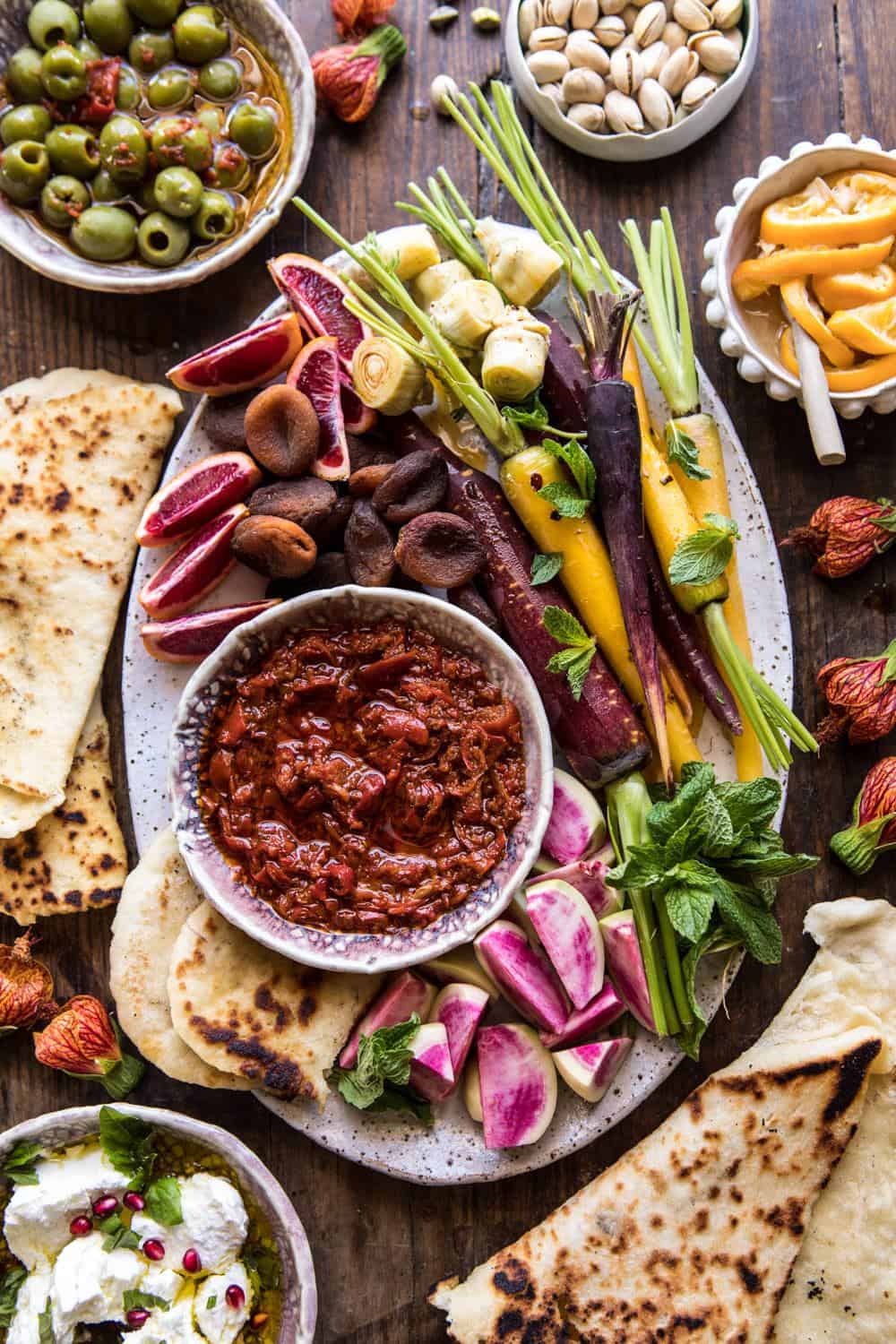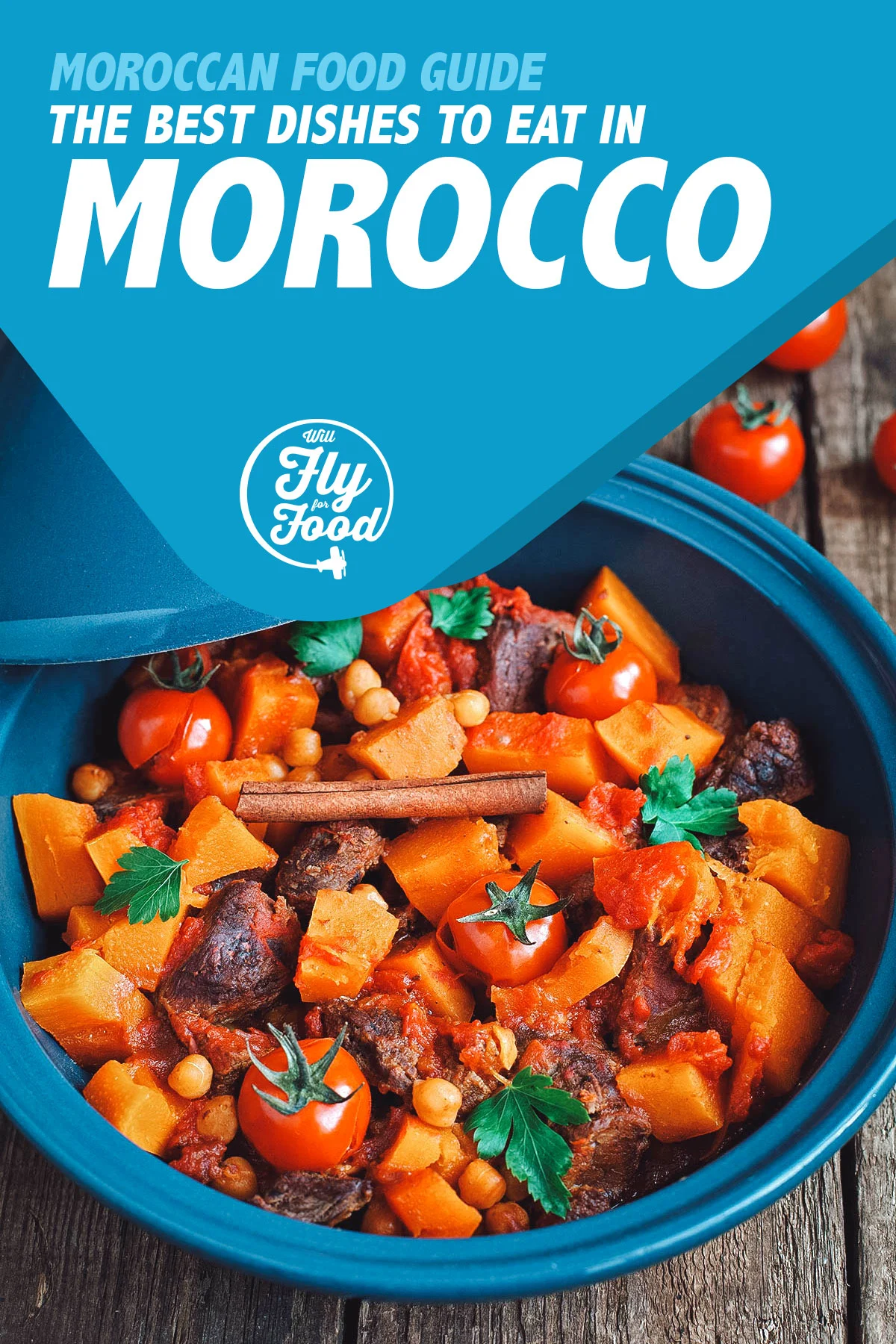Mediterranean Food: A Flavorful Journey Through Tradition and Preference
Mediterranean food acts as an exceptional junction of practice and taste, drawing from a varied variety of cultures that span continents. This cooking heritage not only showcases the usage of fresh, local components but additionally highlights the importance of communal dining experiences that have been valued for generations. The extensive tastes and health advantages linked with the Mediterranean diet have garnered international affection, yet beneath its surface exists a complex story of historical impacts and regional specializeds that necessitate further exploration. What one-of-a-kind components add to its long-lasting charm and relevance in modern cooking methods?
Origins of Mediterranean Food
The beginnings of Mediterranean food are deeply rooted in an abundant tapestry of history, geography, and cultural exchange. This cooking custom emerges from a region defined by its diverse landscapes, including shorelines, hills, and abundant plains, which have influenced its farming practices and food manufacturing. The Mediterranean Basin, encompassing nations such as Italy, Greece, Spain, and Turkey, has actually been a crossroads of civilizations for centuries, where trade courses assisted in the exchange of components, strategies, and cooking viewpoints.
Ancient cultures, consisting of the Greeks and Romans, substantially shaped Mediterranean foodways, emphasizing the value of fresh, seasonal produce and public dining. The spread of agriculture, specifically the farming of grains, olives, and grapes, laid the foundation for recipes that continue to be staples today. In addition, the influence of numerous conquerors and traders, such as the Moors and Ottomans, introduced cooking styles and brand-new flavors, further enhancing the cuisine.
Today, Mediterranean food is celebrated not only for its taste and variety but likewise for its focus on healthy consuming, personifying a well balanced strategy to nourishment that remains to interest global palates. This historic interaction of cultures and ingredients forms the significance of what we now recognize as Mediterranean food.
Trick Active Ingredients and Tastes
Mediterranean food is characterized by a dynamic selection of vital ingredients and flavors that mirror the area's agricultural bounty and cultural heritage. Central to this cooking tradition are fresh vegetables, fruits, and natural herbs, which provide necessary nutrients and lively tastes. mediterranean restaurant las vegas. Staples such as tomatoes, eggplants, olives, and bell peppers are regularly featured, showcasing the area's varied environment and soil
Olive oil, typically considered as the backbone of Mediterranean cooking, conveys richness and deepness to dishes. It is complemented by a selection of herbs and flavors, consisting of oregano, basil, and garlic, which elevate the tastes of meats, seafood, and grains. Grains, particularly wheat and rice, work as fundamental parts, with recipes like couscous and pasta being staples throughout the region.
Furthermore, legumes such as chickpeas and lentils not just give healthy protein but likewise add to the food's heartiness. Making use of milk, specifically yogurt and feta cheese, adds creaminess and tang. Finally, fish and shellfish, plentiful in seaside areas, functions prominently, with fresh fish and shellfish using a preference of the sea. Collectively, these active ingredients produce an unified balance that defines Mediterranean cuisine.
Regional Variants and Specializeds
Varied regional variants and specializeds identify Mediterranean food, reflecting the unique cultural influences, geography, and background of each area. In the coastal areas of Italy, as an example, fish and shellfish preponderates, with recipes like Sicilian caponata showcasing a mix of eggplant, olives, and capers. At the same time, Greece is renowned for its use feta cheese, olives, and fresh herbs, obvious in traditional preparations such as moussaka and spanakopita.
The Levantine nations, consisting of Lebanon and Syria, highlight using grains and flavors, with specializeds like tabbouleh and kibbeh taking center phase. North Africa, specifically Morocco, attracts attention for its aromatic tagines and couscous, often enriched with dried fruits and a rich selection of flavors.
On the other hand, the Iberian Peninsula highlights using healed meats and bold tastes, with Spanish paella and Portuguese bacalhau exemplifying the area's cooking diversity.
Each Mediterranean area not just celebrates its neighborhood ingredients yet likewise reflects the historical profession paths and cultural exchanges that have shaped its food culture, producing a vivid tapestry of tastes that captivates the palate.
Food Preparation Strategies and Designs
Food preparation techniques and designs in Mediterranean food are as differed as the regions themselves, often reflecting neighborhood practices and available active ingredients. The heart of Mediterranean cooking exists in its simplicity, where fresh produce, herbs, and olive oil take center stage. Techniques such as grilling, toasting, and sautéing are typically employed, allowing the natural flavors of the components to beam.
Barbecuing, widespread in coastal locations, infuses fish and shellfish and meats with a smoky richness, while toasting, particularly in the Middle East, boosts the sweet taste of origin vegetables and meats. Sautéing, often utilized in Spanish and italian recipes, offers a quick method to draw out the richness of garlic and onions, acting as a structure for numerous sauces.
Cooking is one more important technique, especially in North African foods, where tagines simmer aromatic spices and tender meats slowly, melding tastes gradually - mediterranean restaurant las vegas. Cooking, specifically in the context of bread and breads, holds a considerable location in Mediterranean society, with each area boasting its own Read More Here specializeds. Generally, these diverse food preparation techniques not just celebrate the active ingredients but also show the ingrained culinary heritage of the Mediterranean, making each dish a testament to its rich history

Health Benefits of Mediterranean Diet Regimen
On a regular basis identified for its many health benefits, the Mediterranean diet highlights the intake of whole, minimally refined foods that promote overall well-being. This dietary pattern is abundant in fruits, veggies, whole grains, legumes, nuts, and healthy and balanced fats, specifically olive oil, while encouraging modest intake of fish and fowl and restricting red meat and sugary foods.
Study constantly connects the Mediterranean diet plan to a range of health advantages. Especially, it has been connected with a minimized risk of cardio illness, greatly as a result of its emphasis on heart-healthy fats and antioxidants. The diet is also thought to improve cognitive feature and might lower the danger of neurodegenerative conditions such as Alzheimer's.
In Addition, the Mediterranean diet supports weight monitoring with its concentrate on nutrient-dense foods that advertise satiation. The high fiber content from fruits, vegetables, and whole grains aids digestion and assists preserve healthy and balanced blood sugar level levels.
In enhancement to physical health, the Mediterranean diet plan promotes social health, as it encourages public dishes and shared culinary experiences. Generally, embracing this diet is not only a course to boosted health and wellness but additionally a celebration see here of flavors, culture, and neighborhood.

Verdict
In verdict, Mediterranean food works as a rich tapestry of tradition and preference, showcasing diverse regional tastes and active ingredients. The focus on fresh produce, olive oil, and aromatic herbs not only boosts cooking experiences yet additionally promotes various health and wellness advantages. By welcoming time-honored cooking methods and promoting common dining, this culinary heritage proceeds to motivate and link people throughout societies, strengthening its status as a cherished and influential component of worldwide gastronomy.

Food preparation strategies and styles in Mediterranean food are as varied as the areas themselves, often showing regional practices and offered components.In conclusion, Mediterranean food offers as a rich tapestry of look at these guys custom and taste, showcasing varied regional flavors and active ingredients.